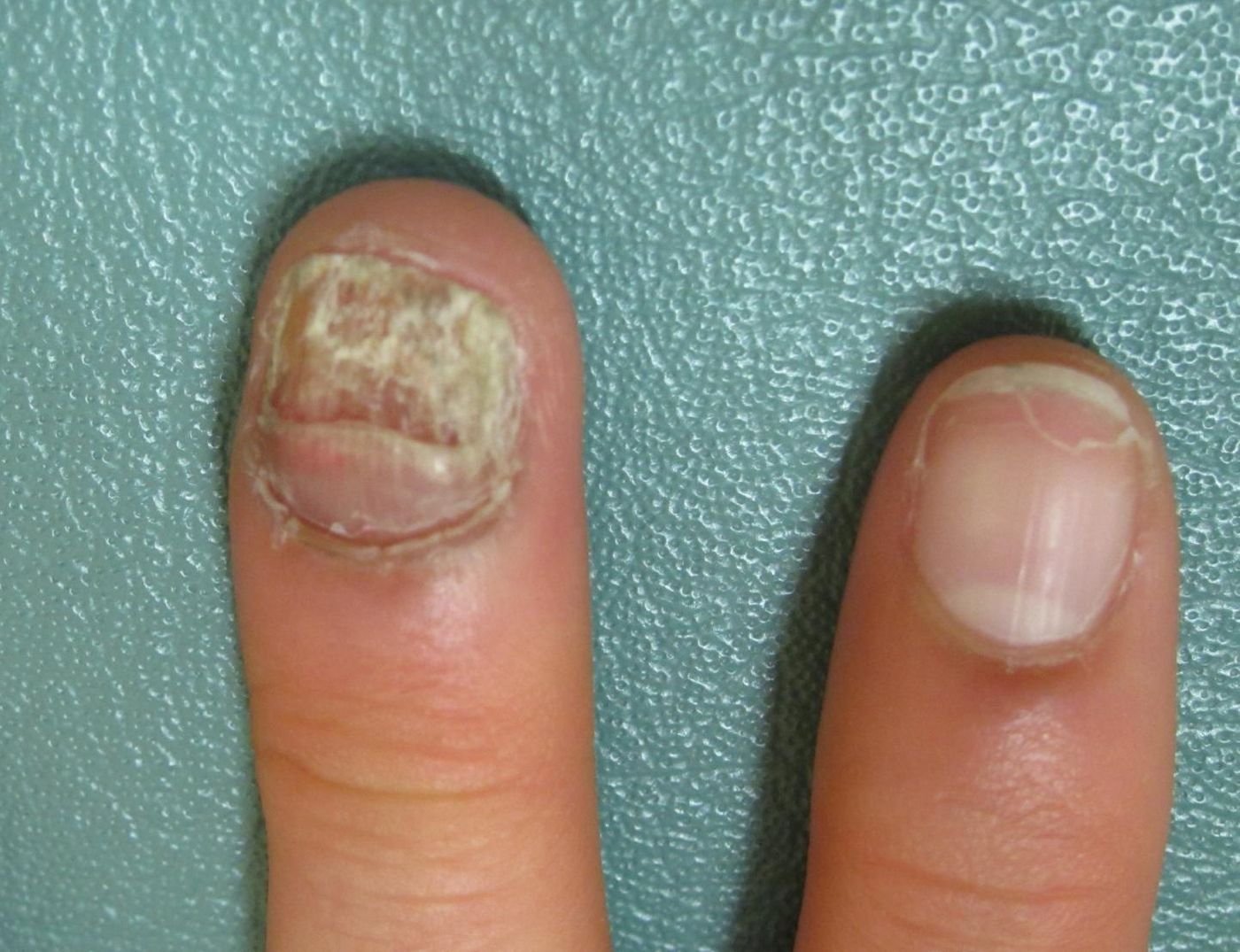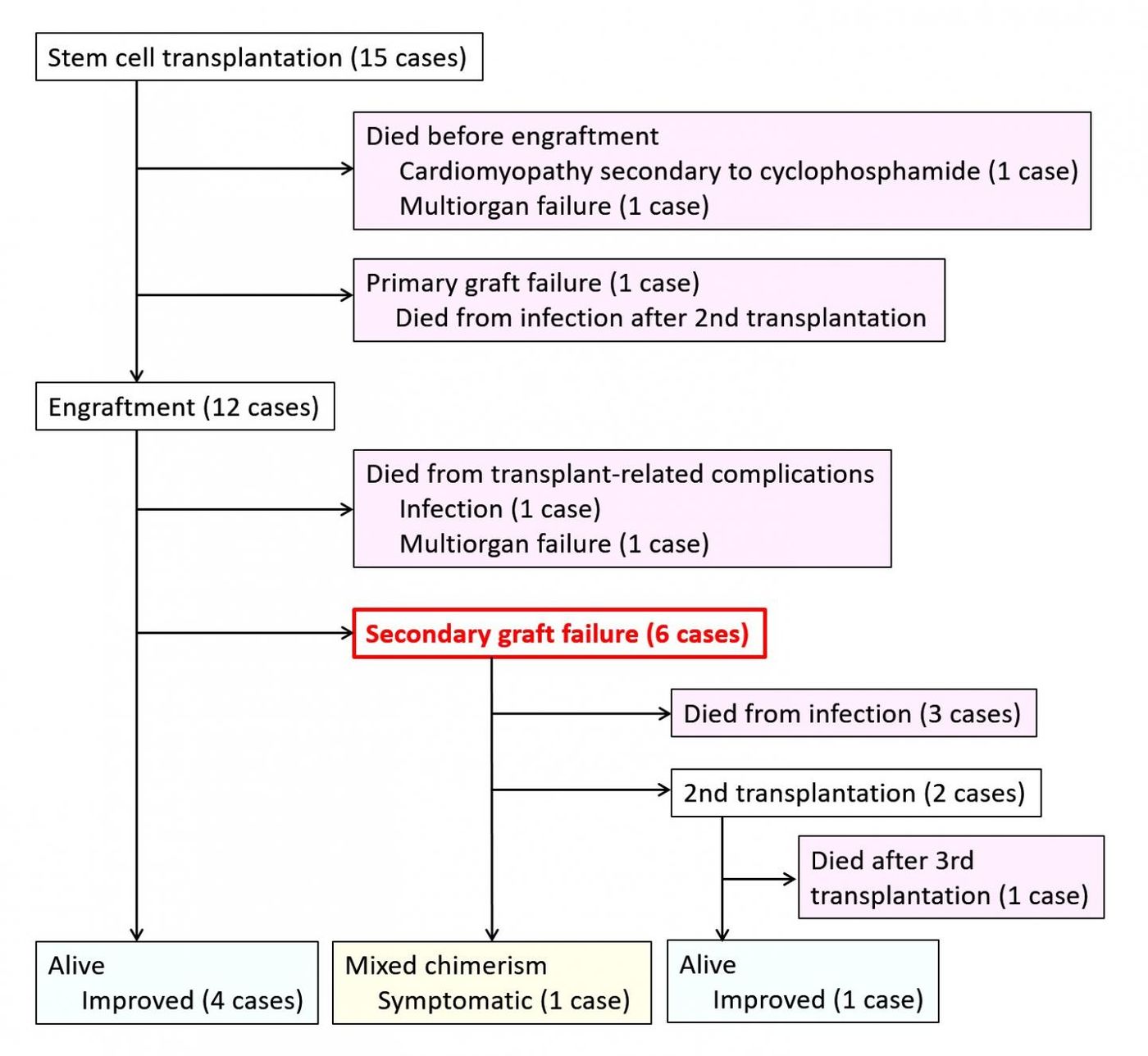Stem Cell Treatment is Both Disappointing and Promising
There is a tremendous amount of interest in using stem cells for the treatment of a wide variety of diseases, and for good reason. It has already proven an effective treatment for some diseases that affect the blood, like leukemia, and shows a lot of promise in regenerative medicine as well. Another area in which researchers have decided to test out stem cells is the treatment of a genetic disease that results in what is called a gain of function mutation. In those instances, a mutated gene creates a protein that has new characteristics and does different things than intended in cells.
Success has been seen using this methodology in a single patient, and investigators decided to expand on that work. A trial of patients aged 13 months to 33 years carrying a gain of function mutation in the STAT1 gene was performed after an international call to consortiums and transplant centers. The investigators confirmed the mutation in each patient and traced their affliction to the dysfunction in the gene.
The researchers then used chemotherapy to wipe out the patient’s bone marrow cells. Stem cell cultures obtained from healthy donors were then transplanted into the patients with the hope that their bone marrow would be regenerated without mutation or disease. Of the 15 patients, in the end only six survived the regimen. However, of those six, five were totally cured of their ailments.
The work was performed by a team that included Dr. Satoshi Okada of Hiroshima University, Professor Jennifer Leiding from the University of Florida, Professor Tomohiro Morio of Tokyo Medical and Dental University, and Professor Troy Torgerson at the University of Washington.
Dr. Satoshi Okada of Hiroshima University was the first to find the gain of function mutation in STAT1 in 2011 and is an author of the report on this trial, which was published in the Journal of Allergy and Clinical Immunology. "Overall, this result is disappointing - but the fact five patients were cured proves that treatment with stem cells can work, and we now need to learn from these 15 individual cases,” he said.
STAT1-GOF can cause a range of problems with varying degrees of severity, and primarily affects the immune system. Because of infections from viral and fungal sources, it can cause life-threatening complications in roughly ten percent of cases.
Good treatments for this disorder have been hard to come by and usually involve just dealing with the symptoms by using anti-fungal drugs. Immunosuppressant treatments are not a good option because the immune system is already overburdened.
The scientists have some hypothesis about the forty percent success rate seen in this new trial of stem cells. It was found that younger patients had a higher rate of success in this study, but whether it’s because they respond better to the therapy or have had the disease for less time is unknown. Following the transplantation, the healthy cells gradually decreased over time, giving the patient’s own bone marrow a chance to regrow. In addition, the types of chemotherapy used on the patients was different and some were so harsh that they did serious damage to the patient organs. Infections were then able to gain a foothold in those organs, and the patients did not recover.
The researchers have suggested improvements; in the future, only patients with the worst cases of STAT1-GOF be selected, and a milder chemotherapy regimen should be utilized. They add, however, that the chemotherapy still must be harsh enough to properly eradicate the diseased marrow. A final suggestion is that selected patients should be as young as possible.
Learn about stem cell treatments from the TedxTalk with Timothy Henry, MD, FACC, the Chief of Cardiology at Cedars Sinai Heart Institute in Los Angeles, California.
Sources: AAAS/Eurekalert! via Hiroshima University, NIH, Journal of Allergy and Clinical Immunology










